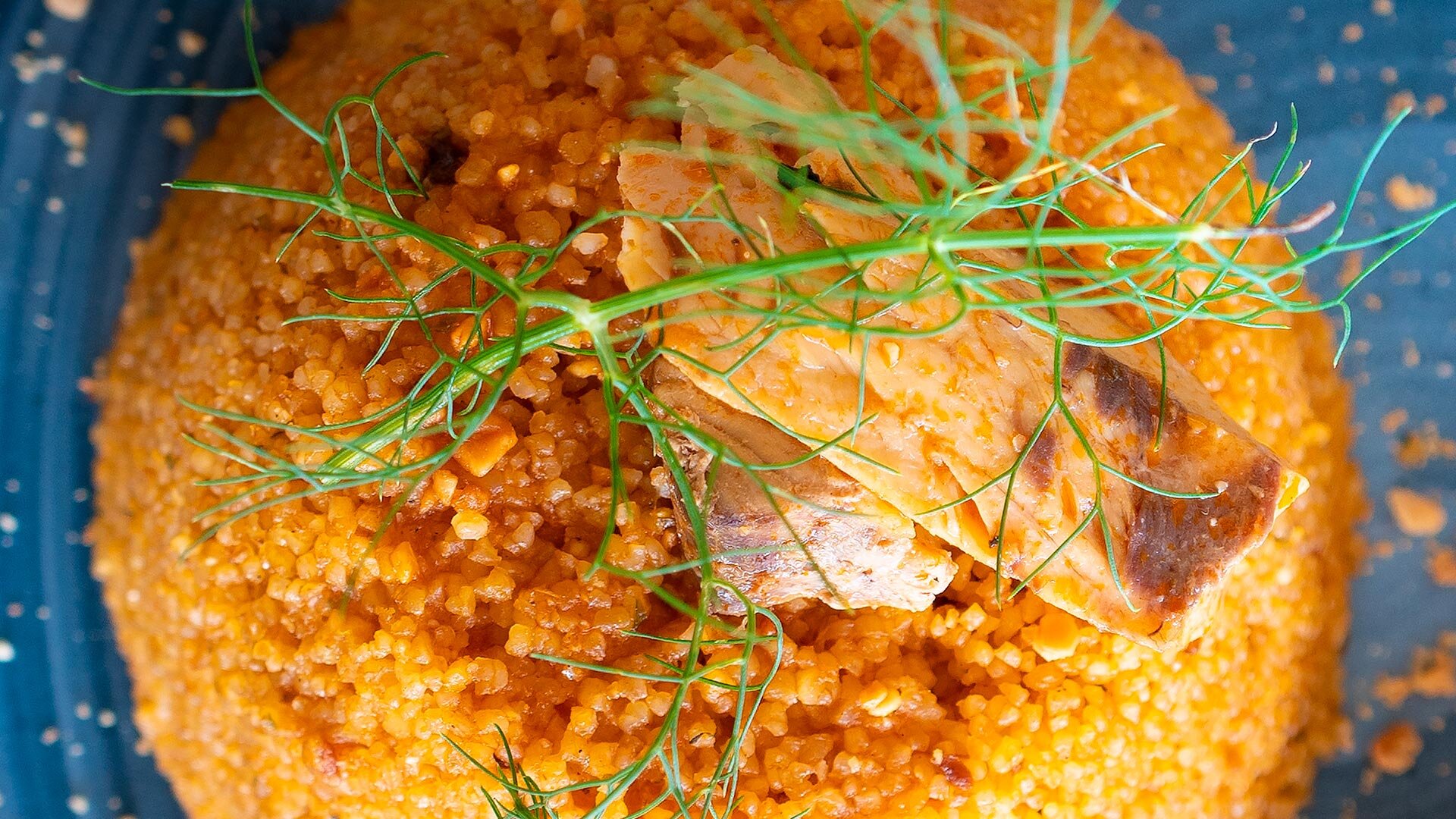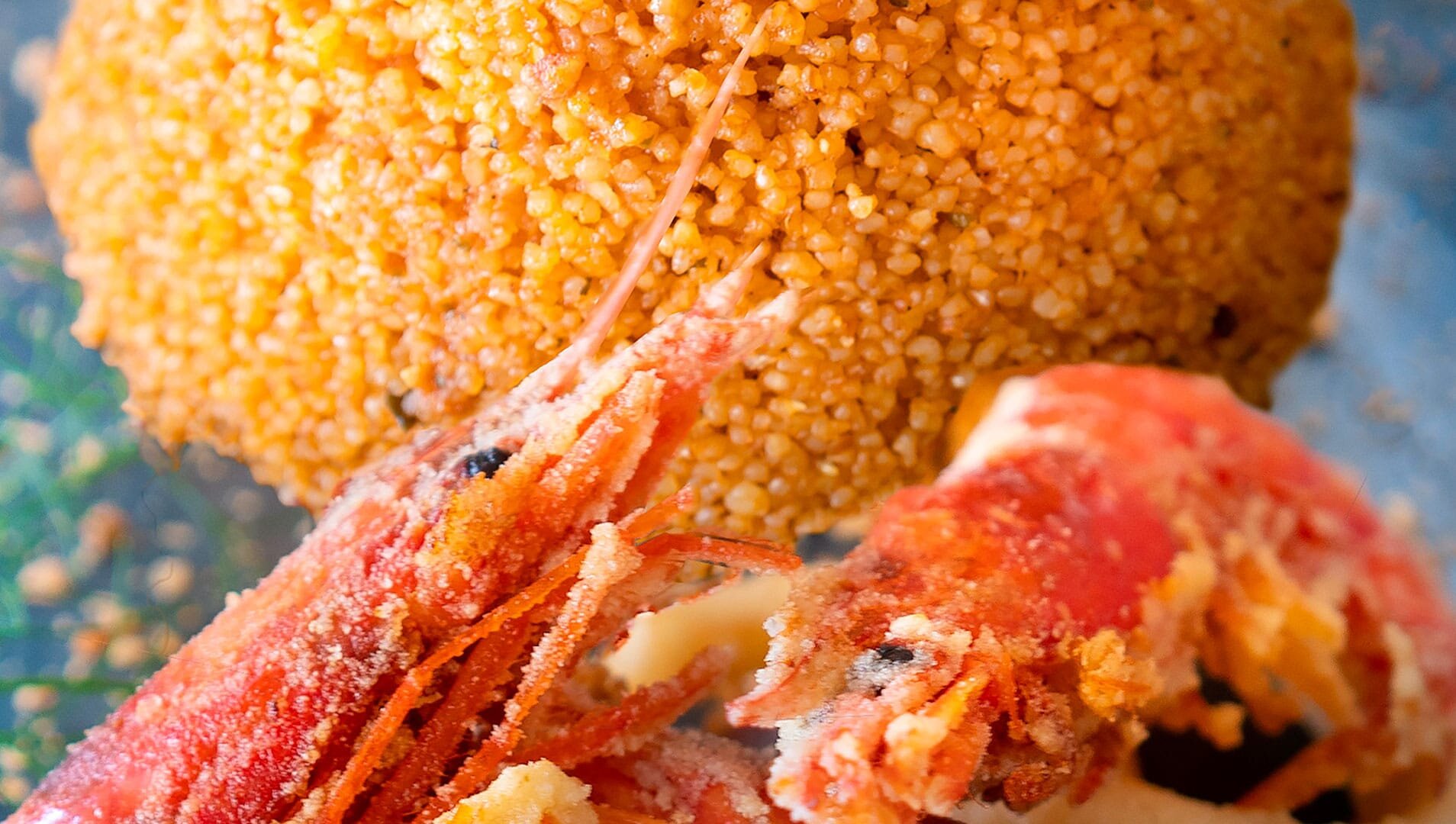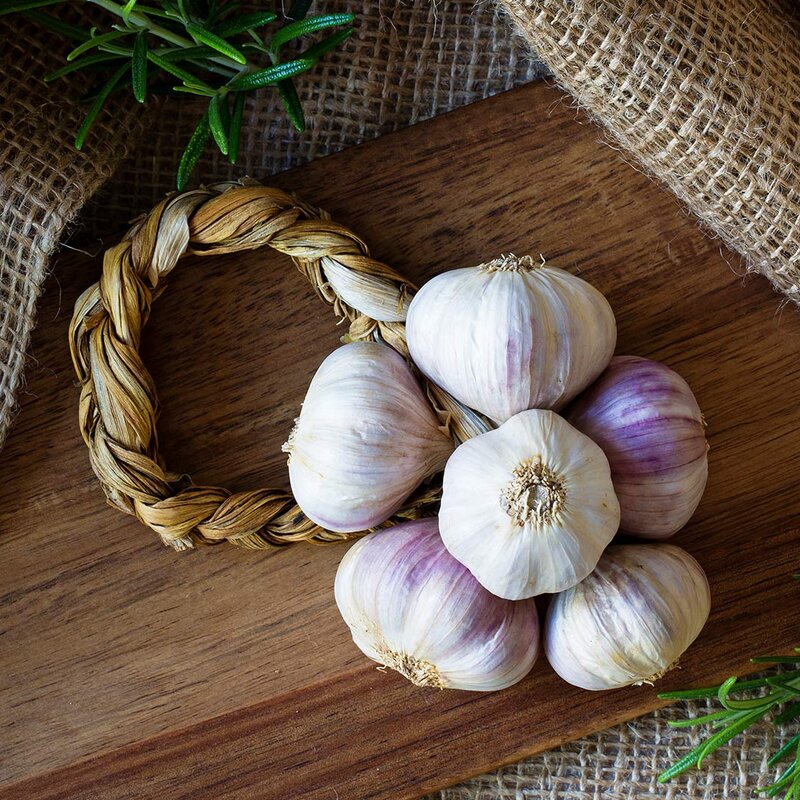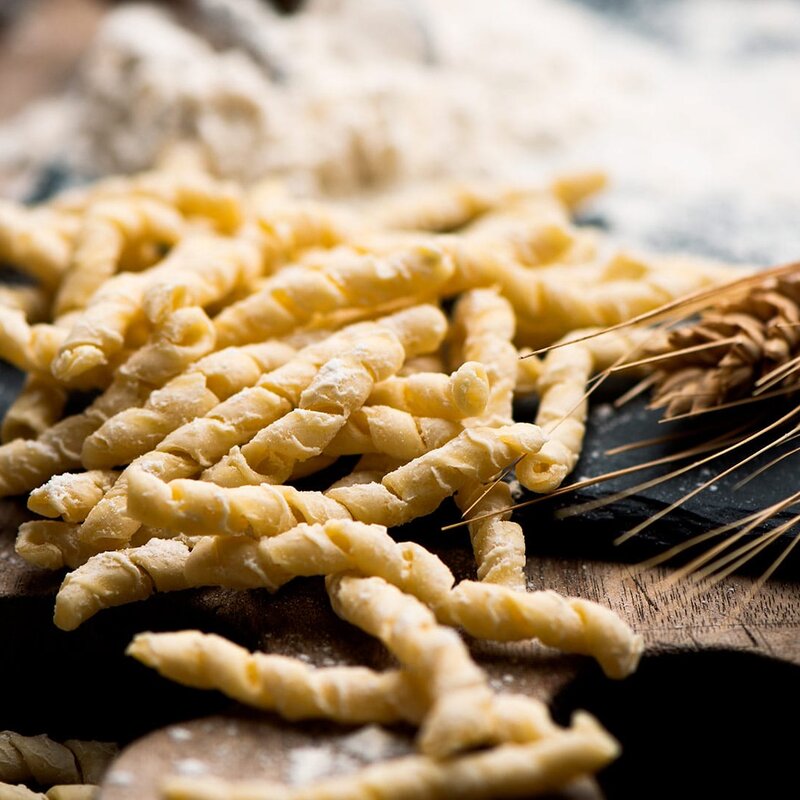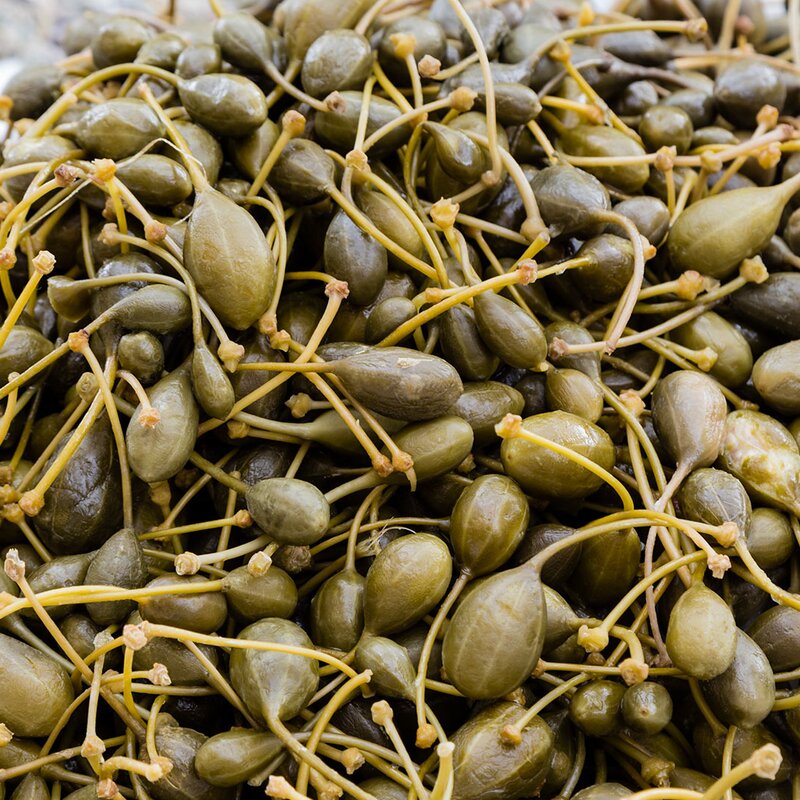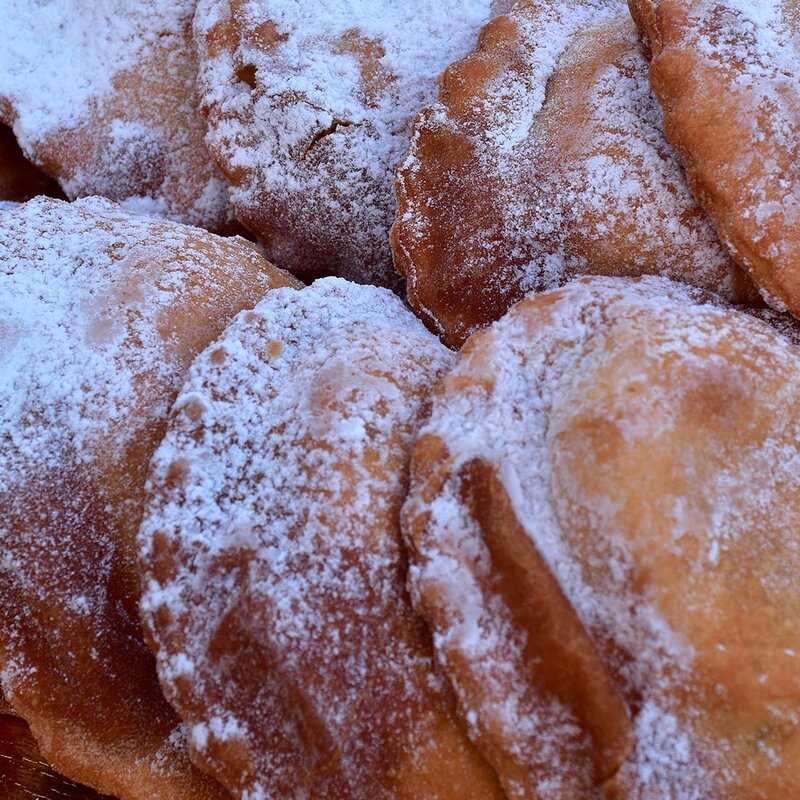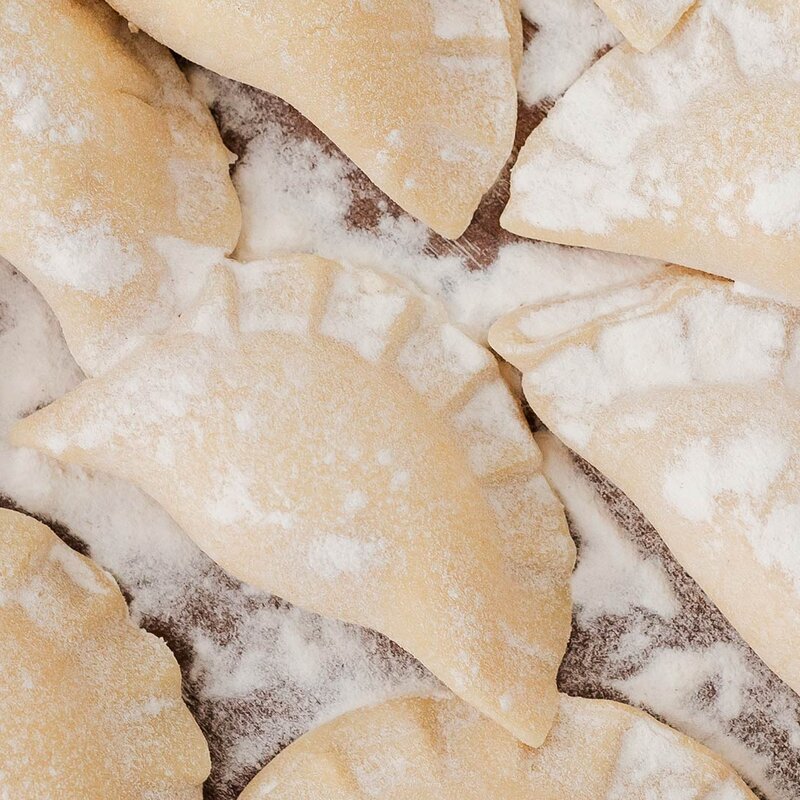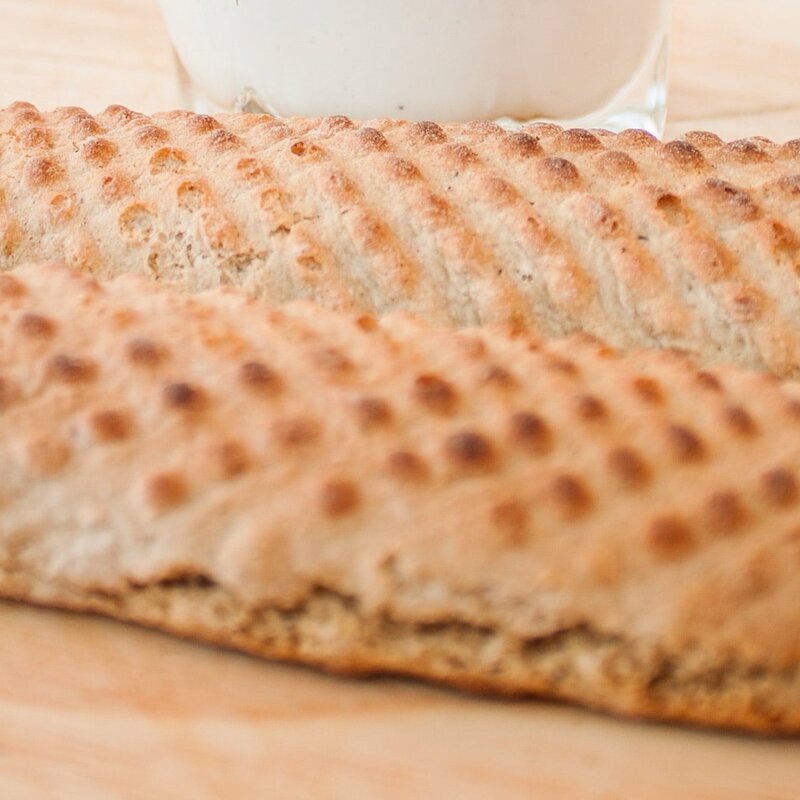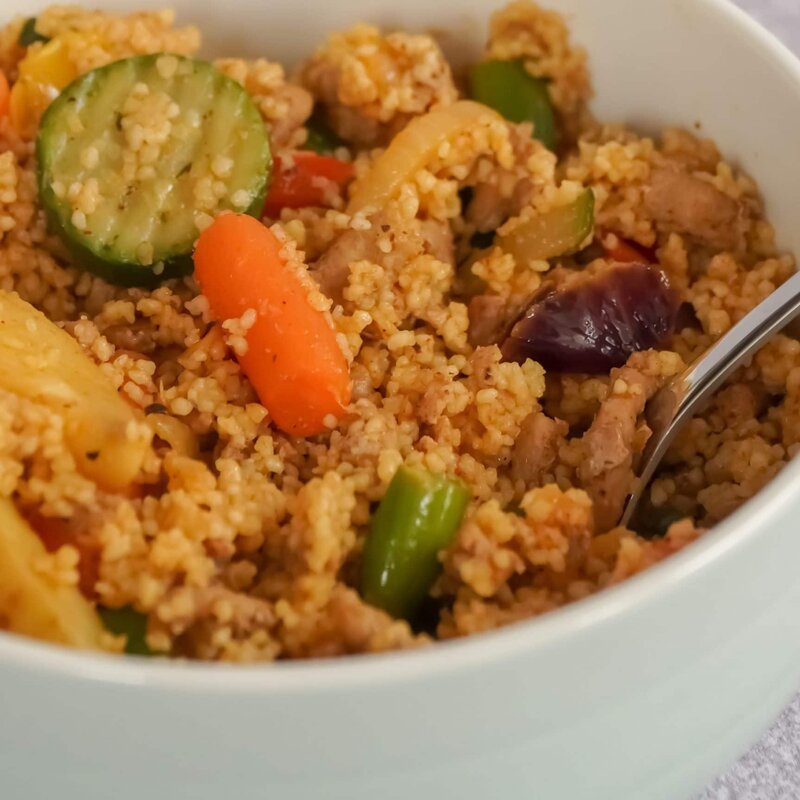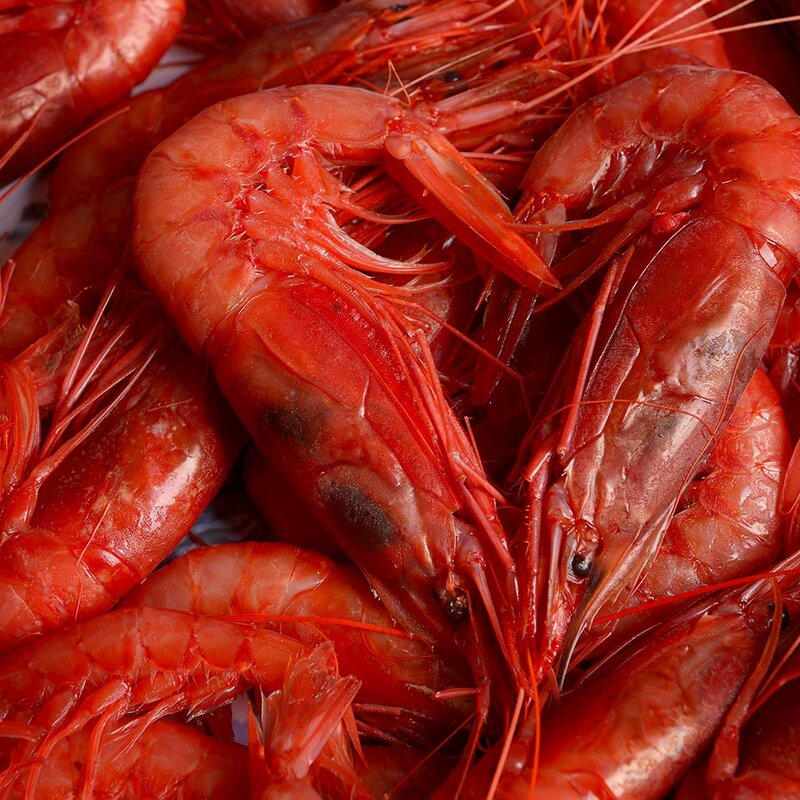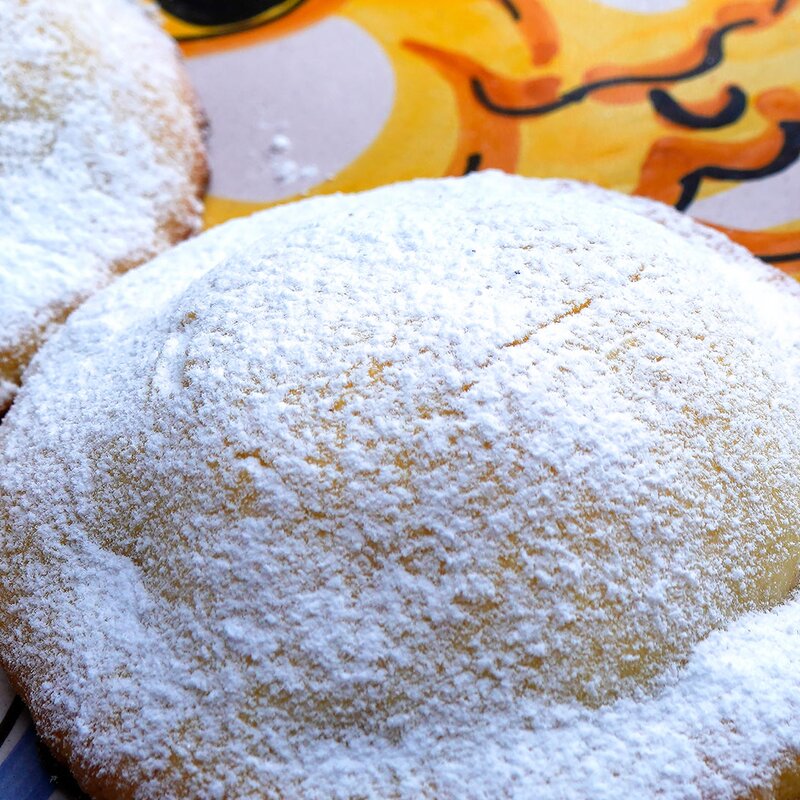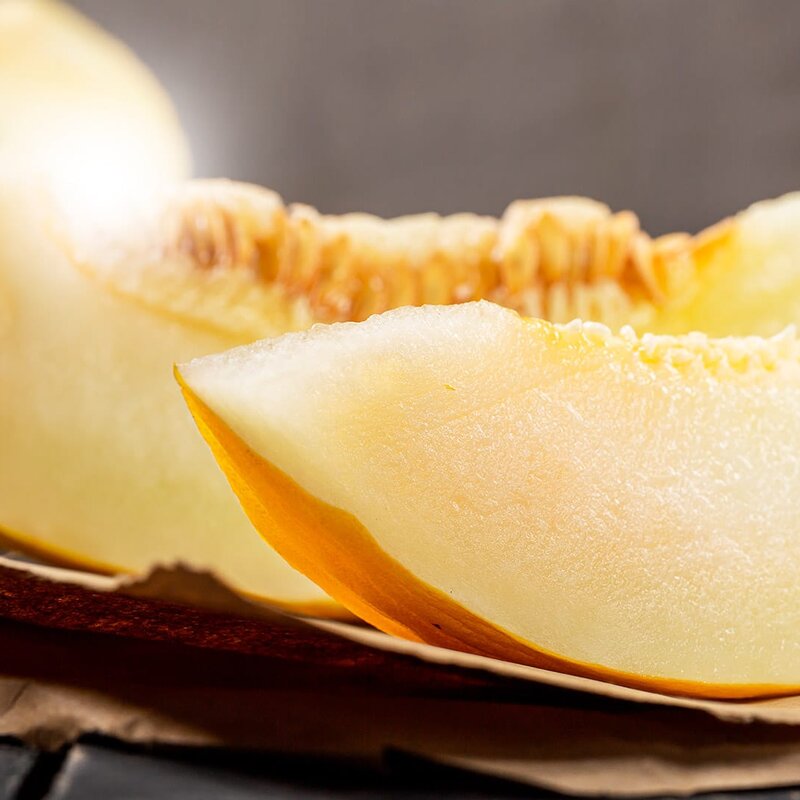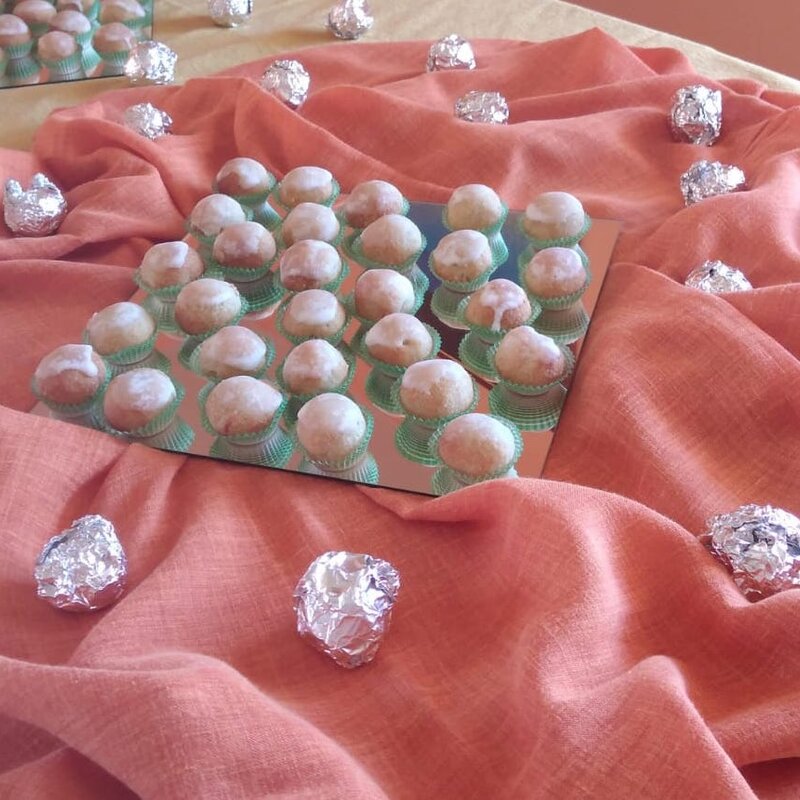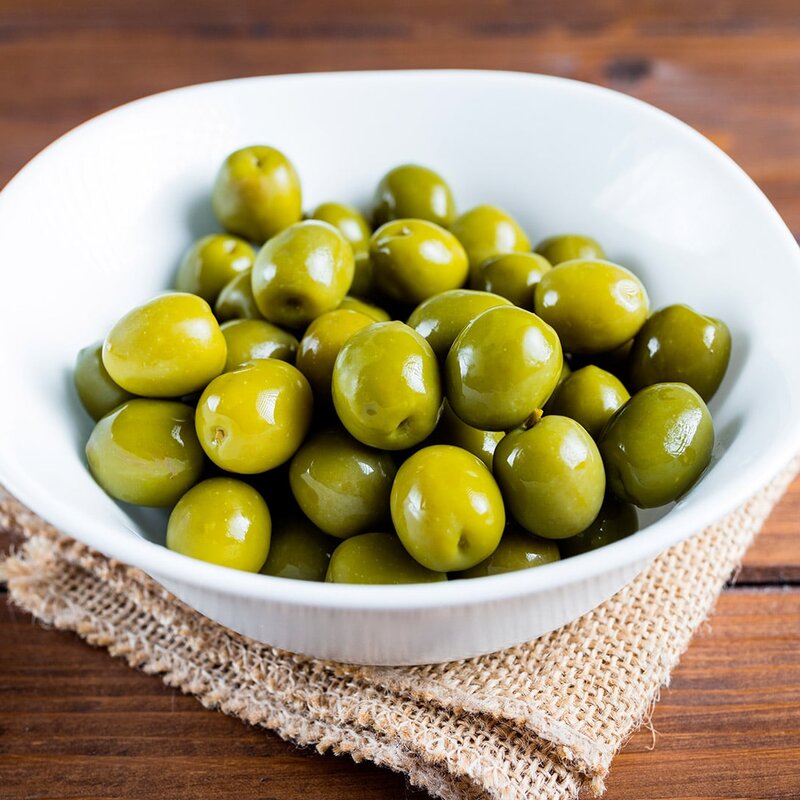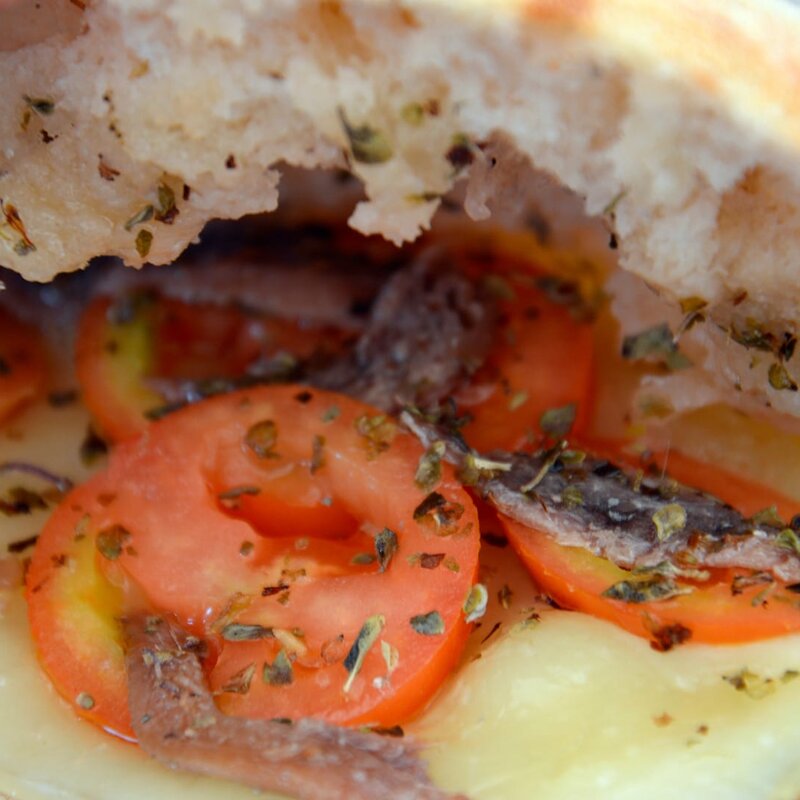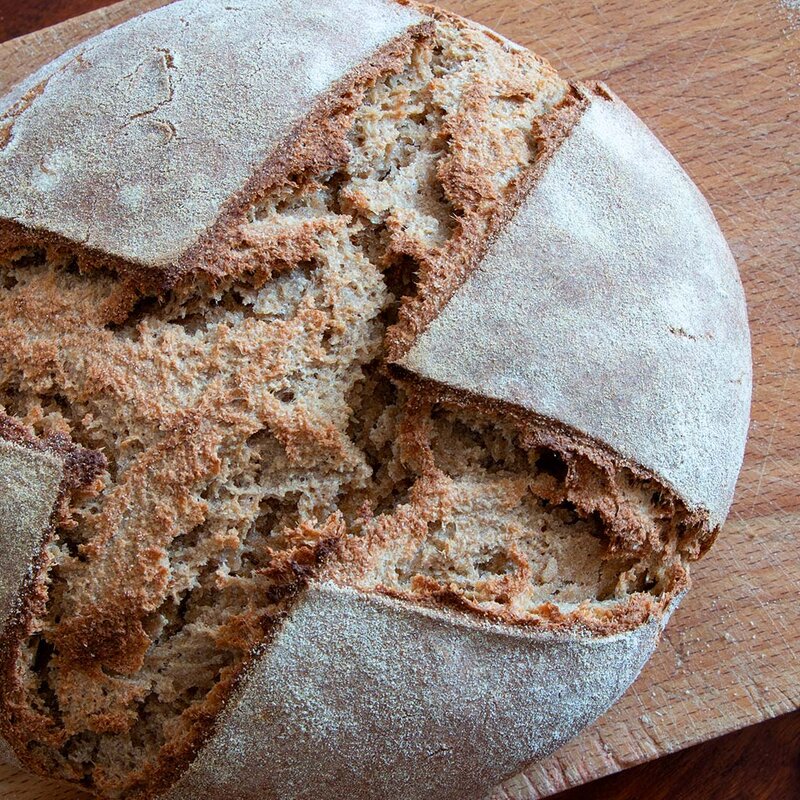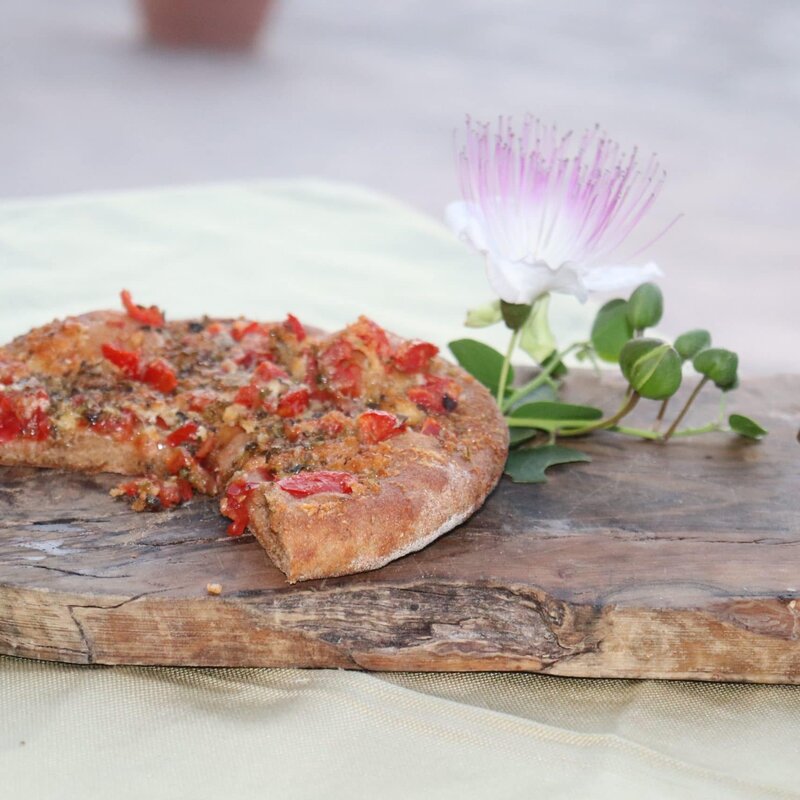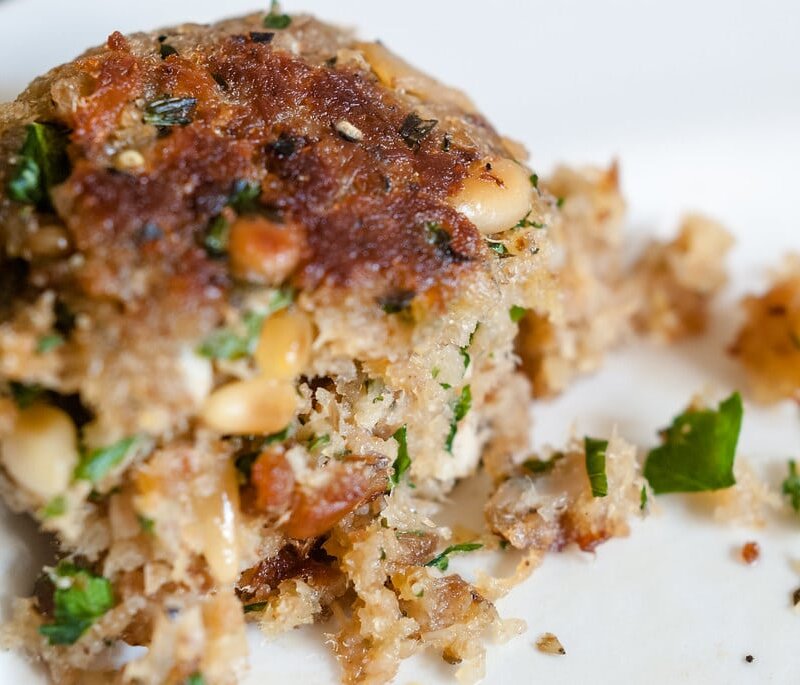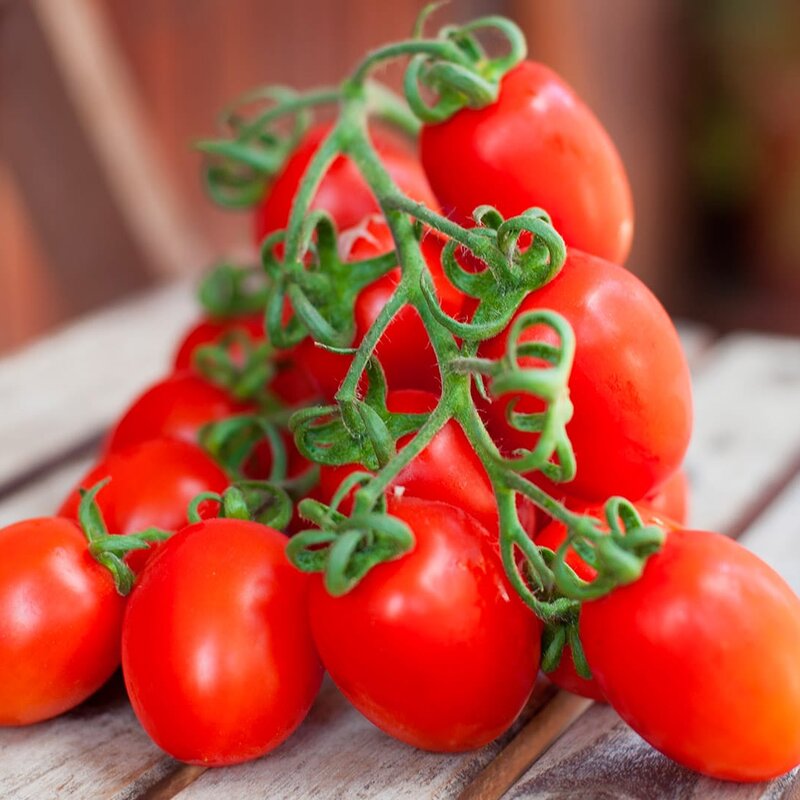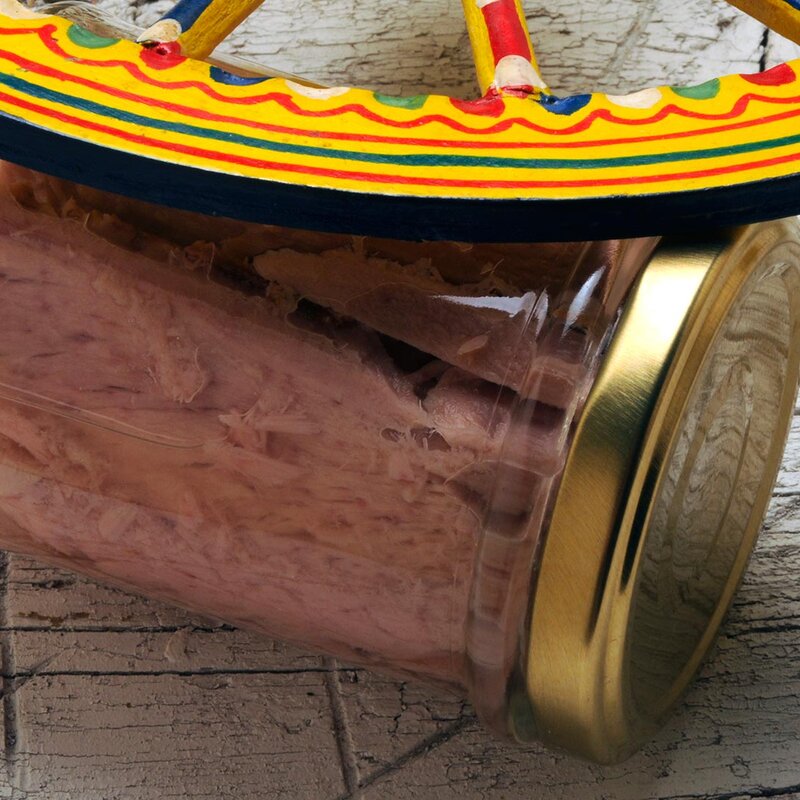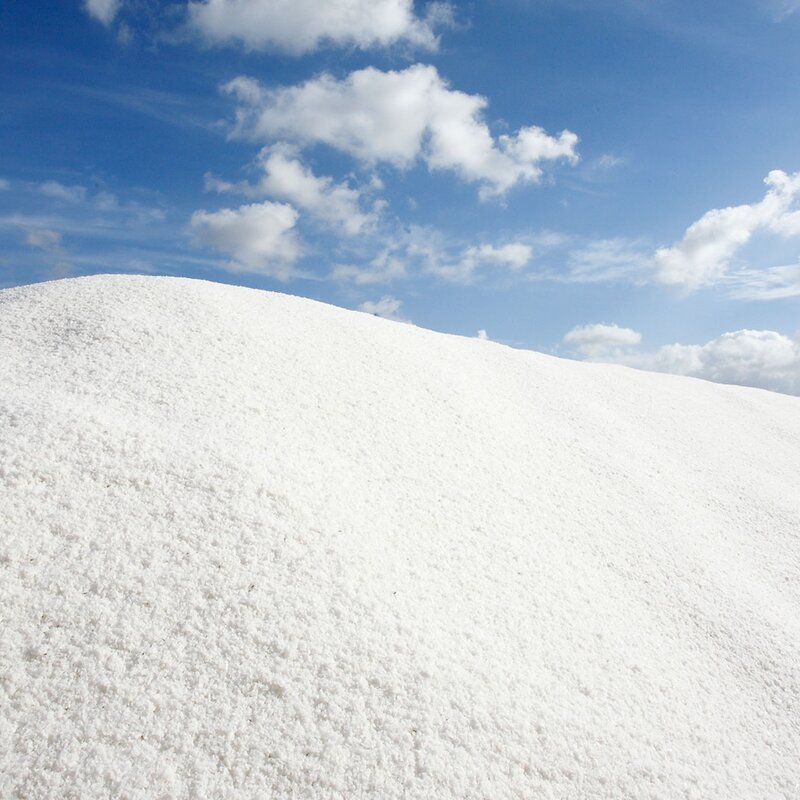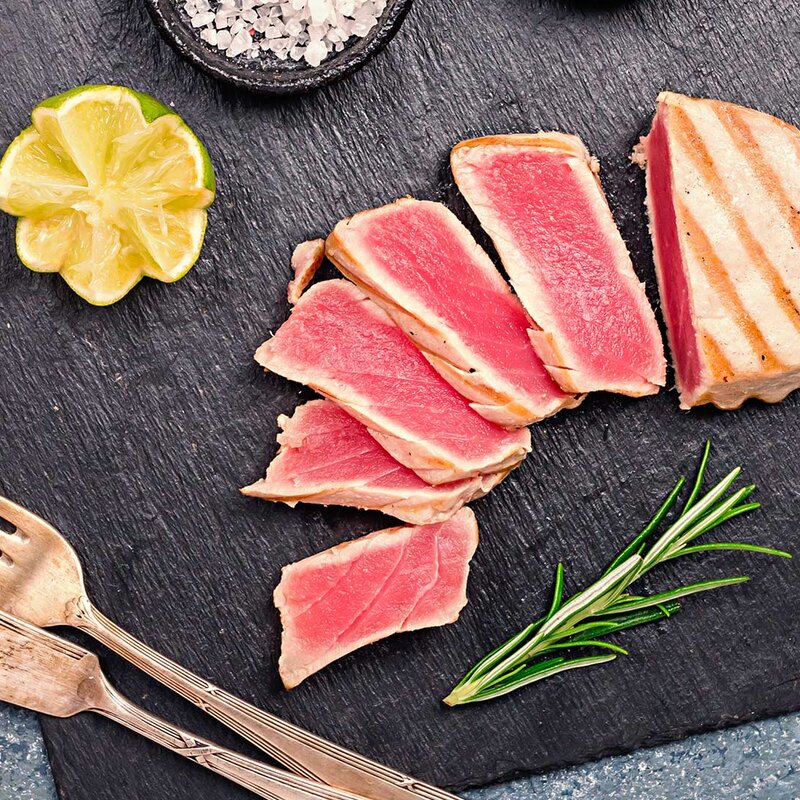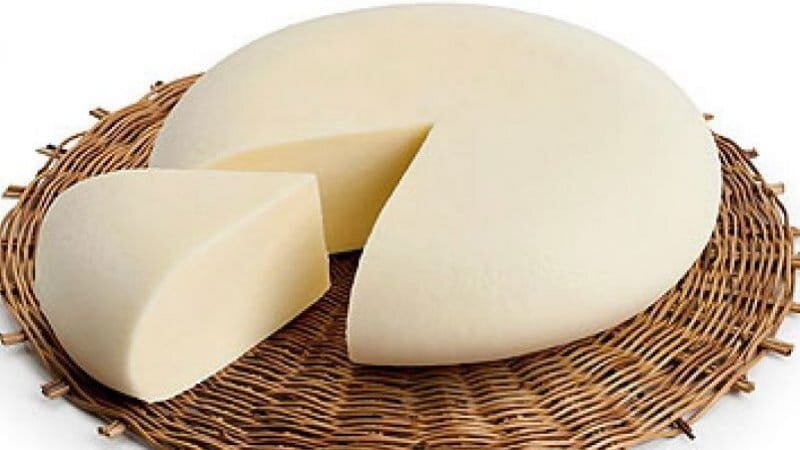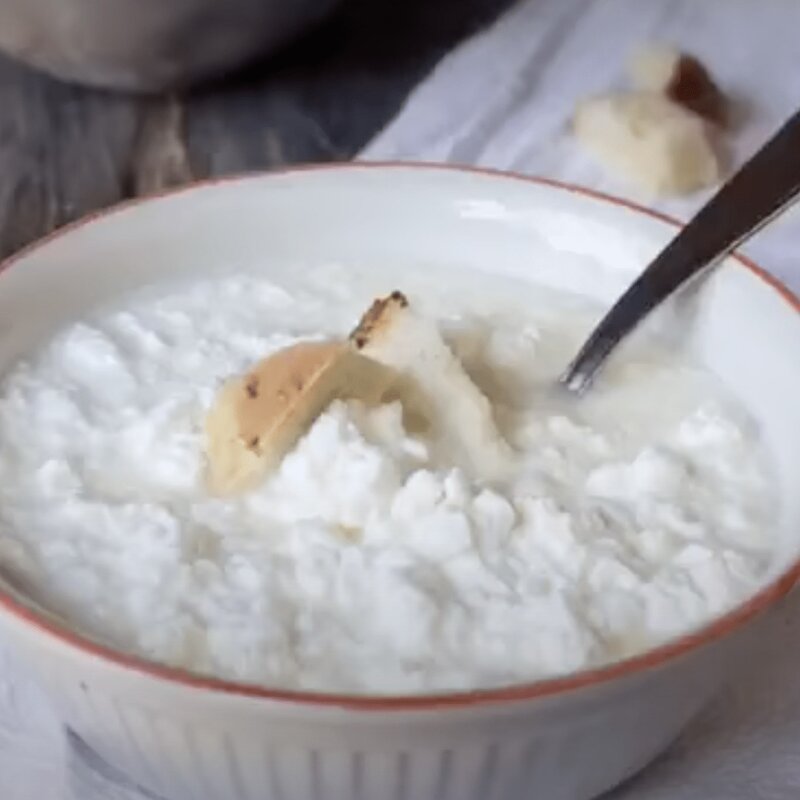Cous Cous
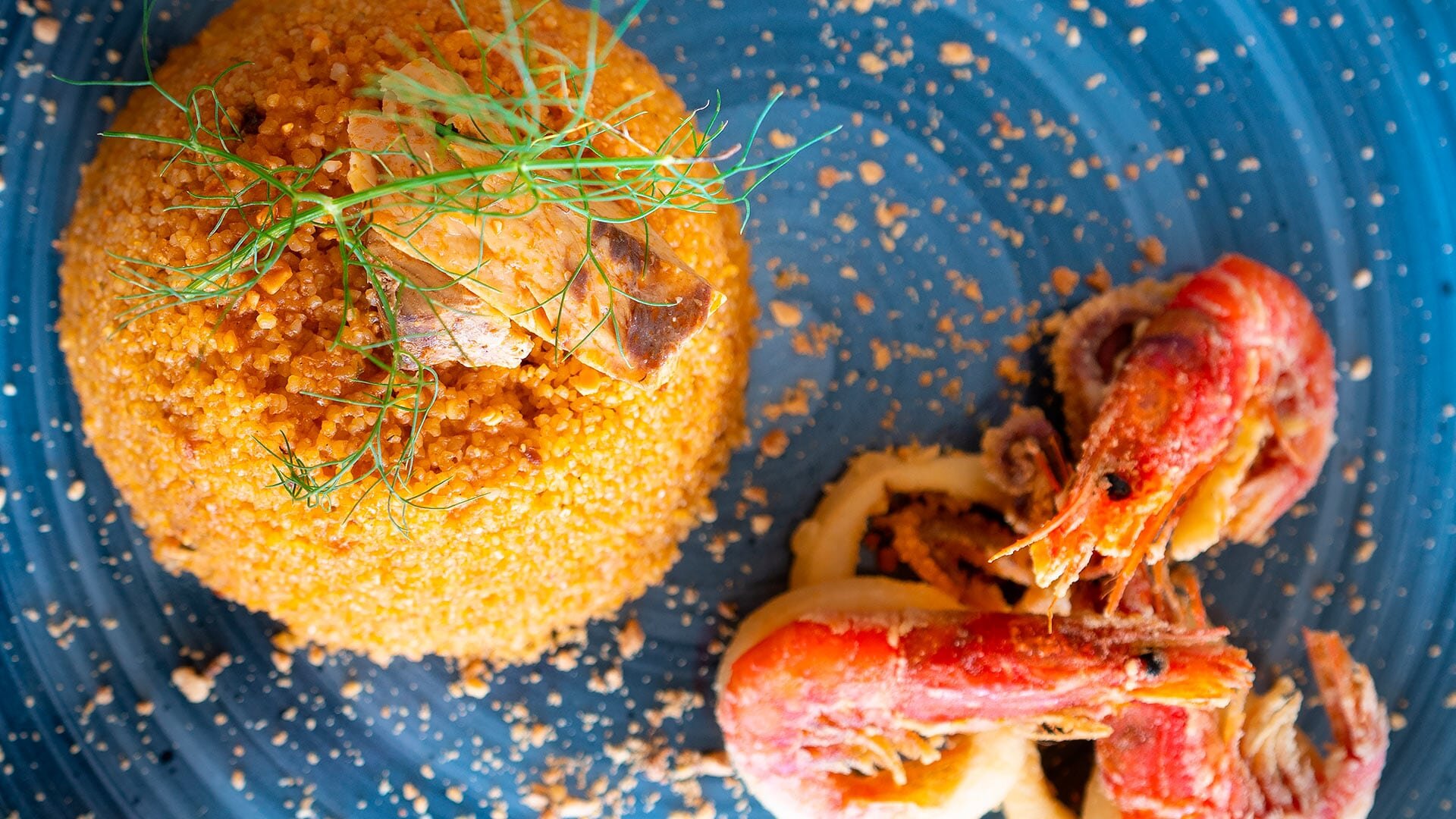
In Sicily, this dish perfectly embodies the Arab cultural legacy and is a symbol of integration between peoples.
In the west of Sicily, couscous has become a defining element in the region’s culinary traditions, adapted by substituting local fish for mutton and adding a delicious fish-based condiment, as this dish is inextricably linked to the sea.
Couscous is also a ritual in terms of its preparation, involving traditions handed down from generation to generation and distinctive vessels, such as the earthenware dish known as the “mafararda” and the perforated earthenware pot for cooking the semolina, the so-called “cuscusera”.
The ritual involves transforming the durum wheat semolina into small round lumps through a painstaking manual process of circular motions, the so-called “incocciata”, which precedes the steaming of the semolina grains.
The other key ingredient is fish broth, made from local fish for soup combined with aromatics, which infuses the steaming semolina dishes with flavour for a unique taste experience.
